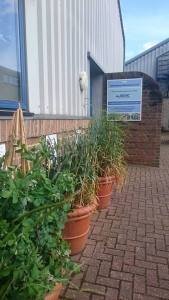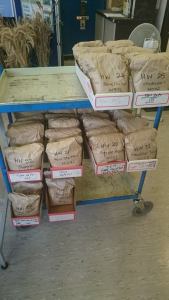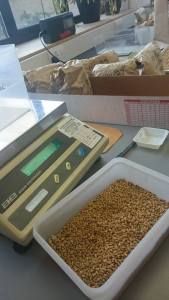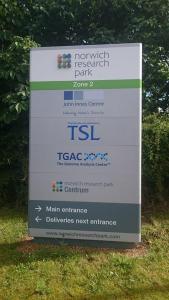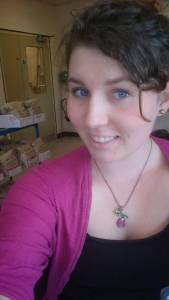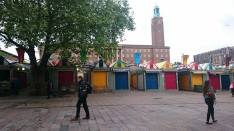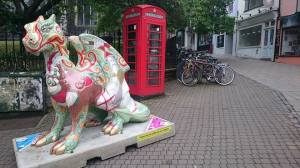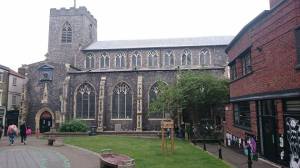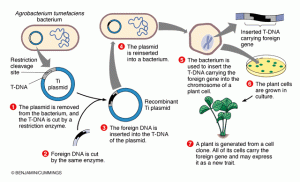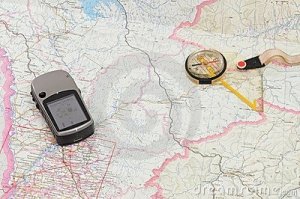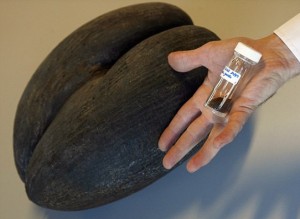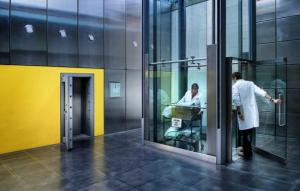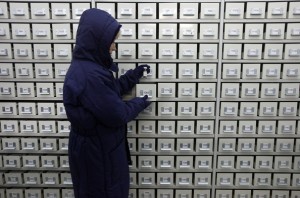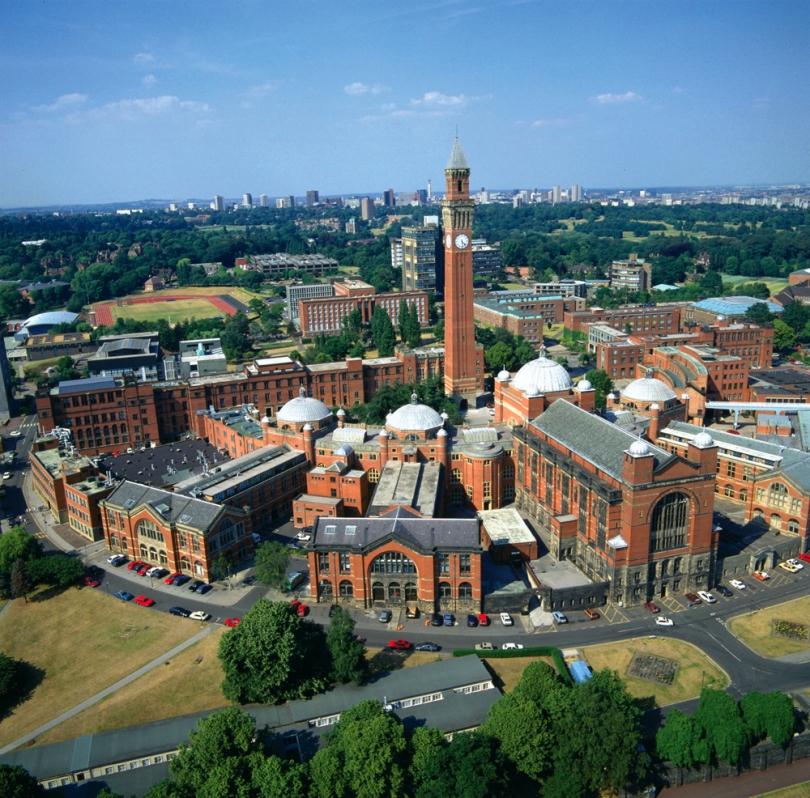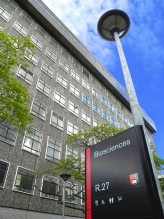Yesterday I was taken on a quick tour of the site, but I did not completely appreciate the enormity of the John Innes Centre, by the sounds of things tomorrow I will see even more of it. This site is massive!
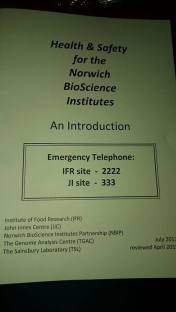
I got the bus on time and didn’t even lose my way, there was no panicking or worrying this morning, hurrah! It looks like I’m settling into this internship a lot better than expected!
However, this morning was not as exciting as one would expect from such a huge company. I spent the whole morning filling out Health and Safety forms and being told all the proper procedural stuff checking the fire exits and what to do in emergencies etc. etc. This took a lot longer than expected as other people needed to sign forms for me in order to allow me access into their buildings.
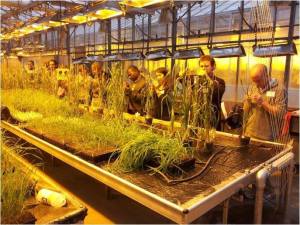
Fortunately, lovely Liz helped me with this and chased up the necessary people for me as I barely know anyone. While she was on her way to see all these people I tagged along and explored a bit more of the buildings on campus. She showed me the greenhouses where they grow all sorts of things from basic crops to transgenic ones and all the different equipment and lab coats they wear there. We also passed the entomology labs where they keep all the insects. Louise told me as we passed that they have very strict procedures here, probably because they don’t want cross-pollination of species or a predator insect interacting with a prey and destroying it! These procedures are apparently so rigid that several different types of lab coat must be worn at once! I was later told a bit on the history of the centre, why and how it was formed. There was a lot of information here that was actually very interesting, including a lot of people from the likes of John Innes himself to others like Robin Holliday (Holliday Junction), please check out the website for more thorough detail as I’m sure I couldn’t get through it all in one blog post!
After the delightful tour of the inside buildings we went outside and I was shown the pea cage with a visual phylogenetic tree of the history of peas and their genetic differences. This was especially interesting as Mike is heading this research so I’m sure I will be able to get into detail on this too. We also passed the field where they did trails on GM potatoes and we discussed what was done there at the time as it was very controversial, there are large fences and it is quite a high security area still!
In the afternoon I got on with more requests from people for access to the germplasm resource and heard more funny stories from Louise about everything that goes on at JIC.
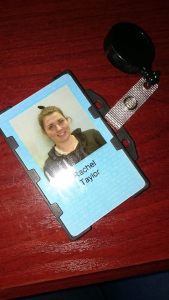
After all the forms and admin this morning, I now have my own John Innes email address and a lovely ID card to get me through all the doors necessary for my stay without being escorted! This means that I can arrive at the centre earlier or later if I want to, leaving me to be flexible. This is a great feeling as it means that if someone needs my help at 9 am I can be there for them!
I am told that we we will be visiting the field sites tomorrow to take a look at this year’s crop and hopefully to label and reference it. This incredibly needs a car to get around, it’s that big! Moreover, I’m told to be weary of motion sickness as it is a large field of crop that sways in the wind and can make you dizzy and disoriented, apparently I have to look for a horizon as the plots go on for miles! How weird! I can’t wait to experience what that’s like!





